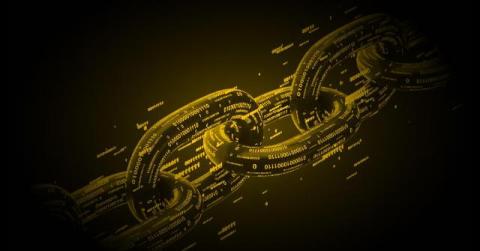Why Your Organization Shouldn't Delay Getting a Password Manager
Your organization shouldn’t delay getting a password manager because using a password manager provides visibility into employee password habits, strengthens secure password practices, protects employees from spoofed websites and minimizes the risk of data breaches. A password manager is a solution that helps your employees store, manage and share their login credentials, passkeys, important documents and more.











